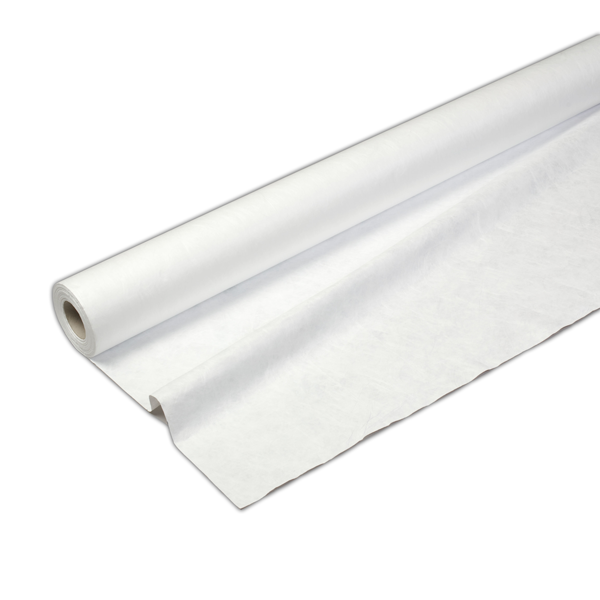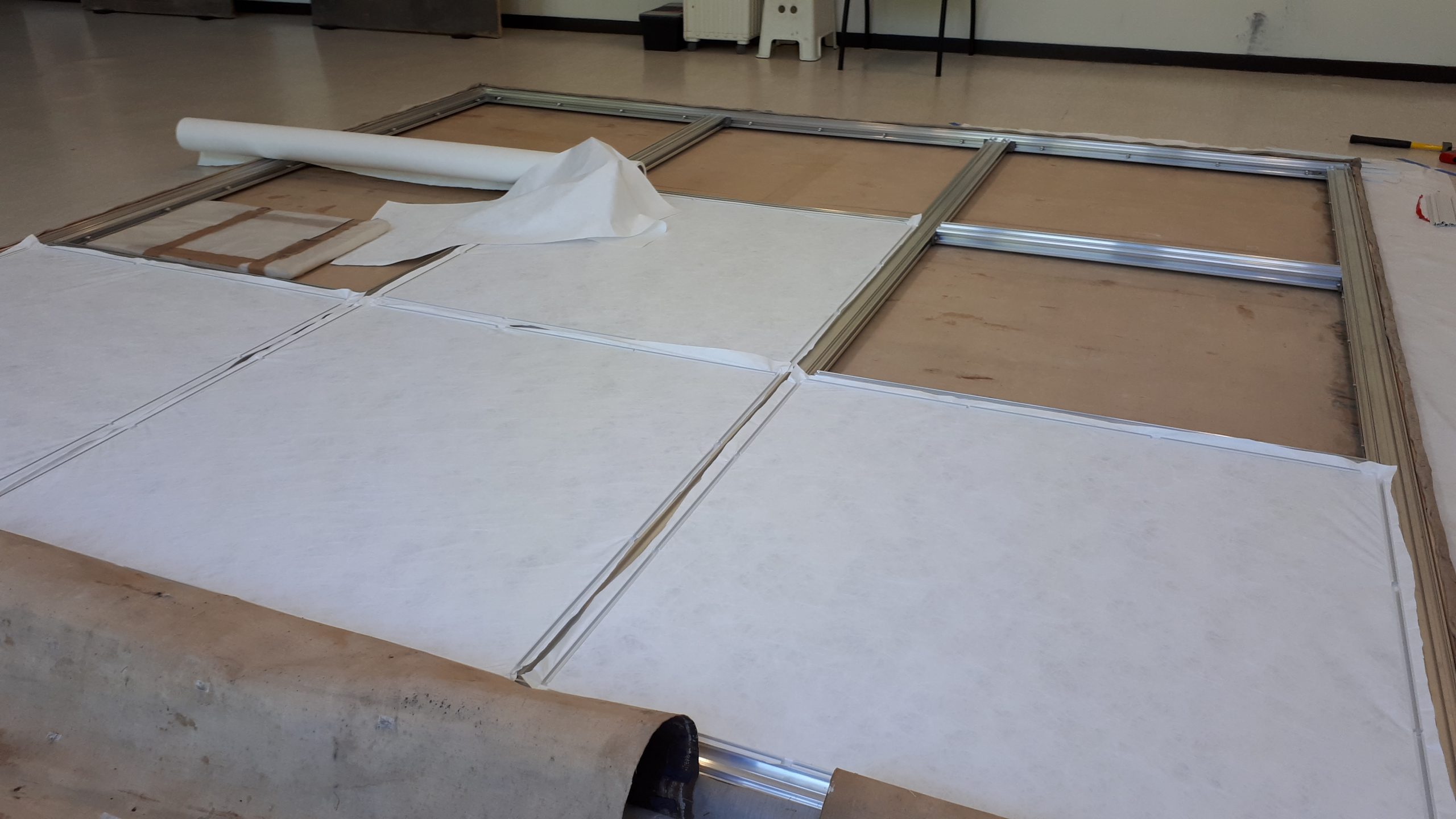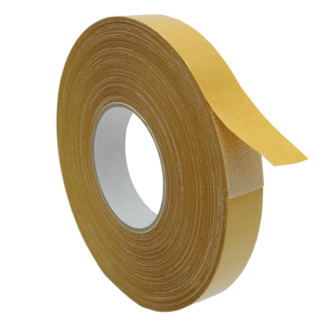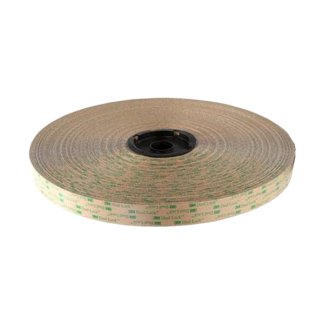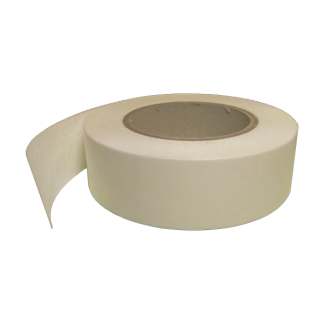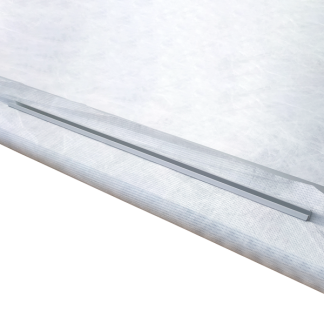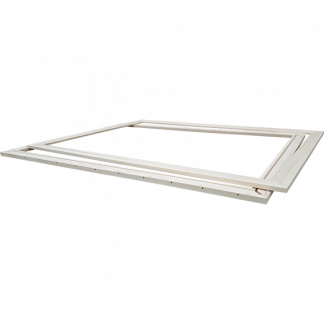Description
Tyvek® 1622E has been universally adopted for its strength, ventilation properties and safety as a packaging material for artworks since its introduction in France in 2007 by Chassitech for the Museum/MH market. The two grades of Tyvek® approved for the conservation, packaging and transport of paintings and sculptures are as listed below:
- Grade 1442R (= “paper” feel without micro-perforations) has a smoother surface.
- Grade 1623E (= fabric feel + micro-perforations), archival quality and particularly breathable.
1623E is softer due to micro-perforation, while 1442R, which is unperforated, has a smoother, stiffer surface. Tyvek® is pH-neutral, water-repellent and lint-free, allowing condensation to drain off and protecting against external aggressions (notably dust particles). Each grade is stocked in two widths, 152.4 and 304.8 cm, in rolls of 50m. Tyvek® non-woven is also used to protect the back of artwork when rigid protection is not desired. When used in this way, Tyvek® enhances the value of restoration work and highlights your concern for the preventive conservation of artworks.
Its wide width means that a single piece of Tyvek® can be used as a back protector, saving a considerable amount of installation time.
Generally stapled to the reverse of artworks, Tyvek® can however be made removable either by clipping (on our aluminum stretchers), or with our specific adhesive tapes RDF734 differential double-sided adhesive tape or Dual-Lock™ self-gripping adhesive tape (on wooden stretchers), which allows inspection visits to the reverse. Tyvek® films can be joined together by sewing, or with specific adhesive tape made from the same material: SF Tyvek adhesive tape.
Advantages:
- Easy to sew, glue or tape on
- Easy repositionable fixing
- Lightweight
- Easy to handle
- Low cost
- Re-usable
- Recyclable

